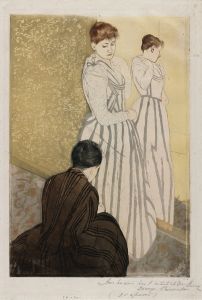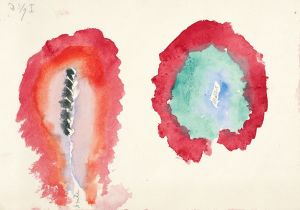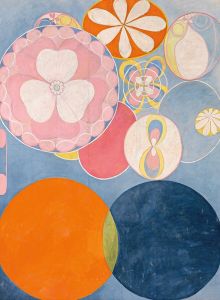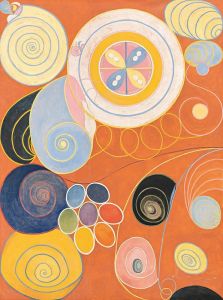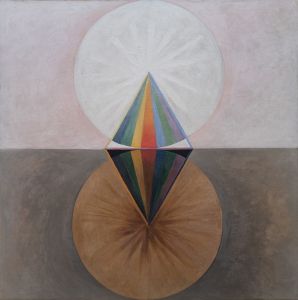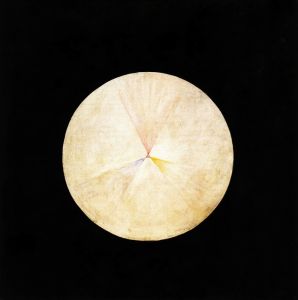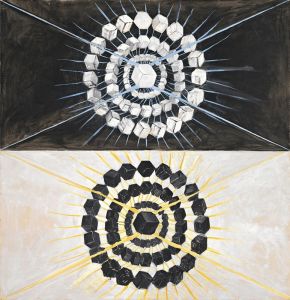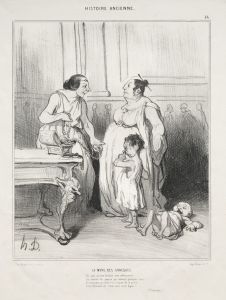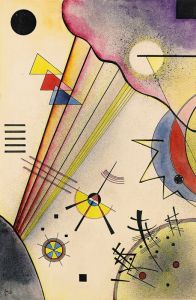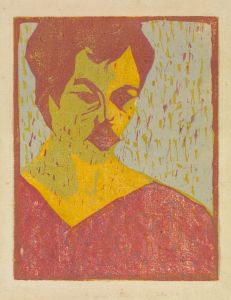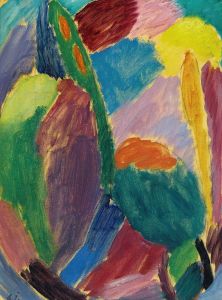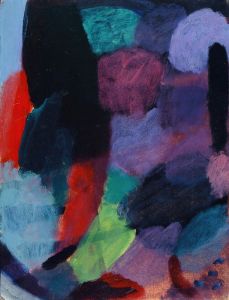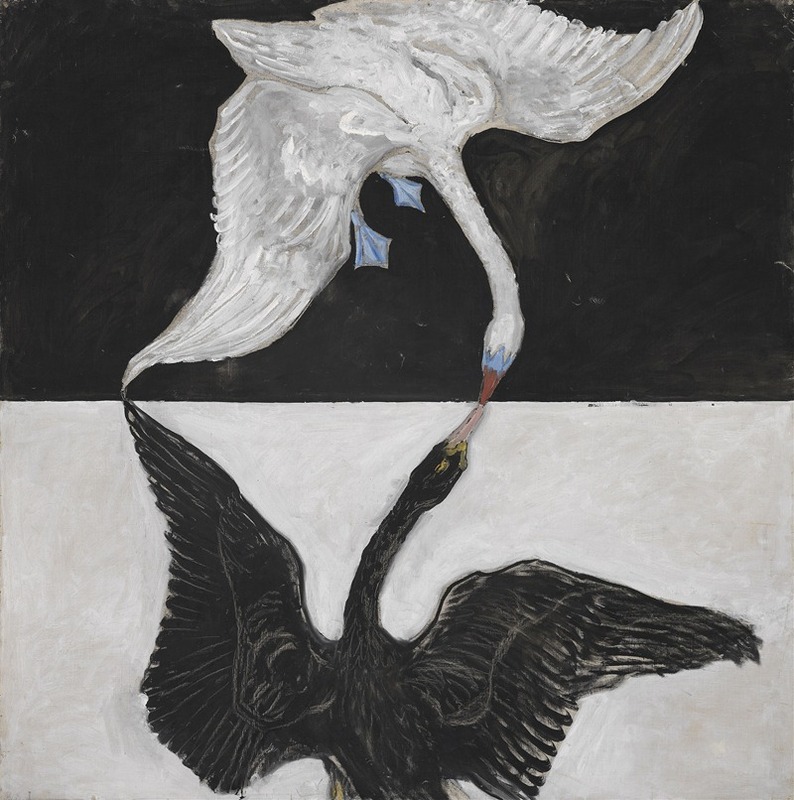
Group IX,SUW, The Swan, No. 1
A hand-painted replica of Hilma af Klint’s masterpiece Group IX,SUW, The Swan, No. 1, meticulously crafted by professional artists to capture the true essence of the original. Each piece is created with museum-quality canvas and rare mineral pigments, carefully painted by experienced artists with delicate brushstrokes and rich, layered colors to perfectly recreate the texture of the original artwork. Unlike machine-printed reproductions, this hand-painted version brings the painting to life, infused with the artist’s emotions and skill in every stroke. Whether for personal collection or home decoration, it instantly elevates the artistic atmosphere of any space.
Hilma af Klint's "Group IX, SUW, The Swan, No. 1" is a notable work within the artist's extensive oeuvre, which is celebrated for its pioneering role in abstract art. Created in 1915, this painting is part of a larger series known as "The Swan," which itself is a component of af Klint's ambitious project, "The Paintings for the Temple." This series, along with others, was intended to convey complex spiritual ideas and explore the interconnectedness of the universe, a recurring theme in af Klint's work.
Hilma af Klint was a Swedish artist and mystic whose abstract works predate those of artists like Wassily Kandinsky, Kazimir Malevich, and Piet Mondrian, who are often credited with the advent of abstract art. Despite creating these works in the early 20th century, af Klint's contributions were largely unrecognized during her lifetime, as she chose not to exhibit them publicly, believing that the world was not ready for her art. It was only decades after her death in 1944 that her work began to receive the attention it deserved.
"The Swan" series, including "No. 1," is characterized by its use of symbolic imagery and vibrant colors. The swan, a central motif in this series, is a symbol that af Klint used to represent duality and transformation. The series explores the concept of opposites and their resolution into a harmonious whole, reflecting the artist's interest in spiritualism and theosophy. These philosophical and spiritual movements, which were popular in Europe at the time, greatly influenced af Klint's artistic vision and thematic concerns.
In "The Swan, No. 1," af Klint employs a bold color palette and geometric forms to create a composition that is both dynamic and harmonious. The painting features a symmetrical design with a central axis, around which various shapes and colors are organized. This symmetry and balance are indicative of af Klint's desire to express the unity and interconnectedness of all things, a core tenet of her spiritual beliefs.
The painting, like much of af Klint's work, was not intended for immediate public consumption. Af Klint stipulated in her will that her abstract works should not be shown until at least 20 years after her death, believing that future generations would be better equipped to understand their significance. This decision delayed the recognition of her contributions to abstract art, but today, af Klint is celebrated as a visionary artist whose work challenges and expands the traditional narratives of art history.
"The Swan, No. 1" and its companion pieces in the series are housed in the collection of the Hilma af Klint Foundation, which was established to preserve and promote the artist's legacy. The foundation has played a crucial role in organizing exhibitions and publications that have brought af Klint's work to a global audience, ensuring her place in the canon of modern art.
In summary, "Group IX, SUW, The Swan, No. 1" is a testament to Hilma af Klint's innovative approach to art-making and her deep engagement with spiritual and philosophical ideas. Through her use of abstract forms and symbolic imagery, af Klint created a visual language that continues to resonate with contemporary audiences, affirming her status as a pioneer of abstract art.





